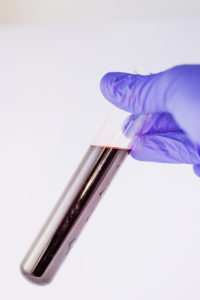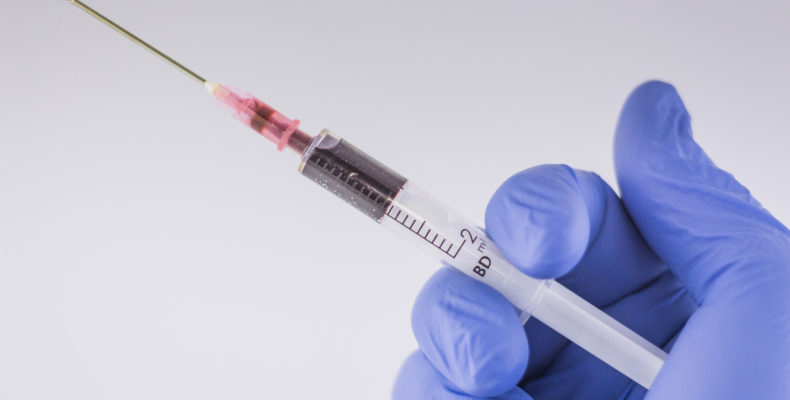Doctors have been researching non-invasive options to assess how brain tumors, especially in children, respond to therapy. In particular, doctors can closely follow how treatment impacts on key genetic changes that drive tumor growth. The traditional approach was to obtain tissue biopsies to assess tumor response. However, this approach is very invasive and for children with diffuse midline glioma (DMG); further biopsies might not be feasible since this tumor involves the brainstem. A current study explores the use of a blood test, or a liquid biopsy, to measure the response of the tumor to the current therapy. Although this study focused mainly on children with brainstem gliomas, liquid biopsies are applicable to any cancer that had recognized molecular markers in blood or any other body fluid. For instance, prostate cancer response to therapy has been traditionally monitored through measurement of the prostate-specific antigen (PSA). However, this appears to be one of the first studies that clearly demonstrate the feasibility of liquid biopsies for brain tumors. The biggest advantage of liquid biopsies is such biopsies would enable physicians to determine if any changes are necessary for their current treatment.

Dr. Etame agrees, “The liquid biopsy is a very interesting concept. It is a minimally invasive way to follow treatment just by a blood test. It eliminates the need for brain biopsies which can be risky”
Typically, a brain biopsy would be completed with a small hole cut through the skull to obtain a sample of the brain tumor. The sample would then be tested to review any changes. Instead, the liquid biopsy is very straightforward and simply involves the acquisition of blood and/or cerebrospinal fluid to find updates on the brain tumor’s genetic build.
In the brainstem/pontine glioma study, the researchers were able to find interesting information about the tumor without having to conduct a brain biopsy. Even better, they found numerous positive results from the current treatment the patients were on.
This is still a new technique which is currently being explored for a particular type of brain tumor but should hopefully become a potential option in the future. We will share more information since this is still being researched. You can also read more details from UCSF, where the research was lead.

